The arrival of spring in Michigan is a welcome relief for all those eager to leave the snow behind, and especially for foodies, who long to revel in the tastes of the new season. The desire for one such culinary treat literally sends ordinary people foraging in the woods. Traditionally late April to early June is morel mushroom hunting season in Michigan.
Morels love moisture, and it looks like we may have a fair amount of that this season, although temperature is also a factor. Experts say that morels begin to fruit when the soil reaches a consistent temperature of about 53° Fahrenheit. In fact, many say that when you have a week of nighttime temperatures in the 50s, morels should begin to grow.
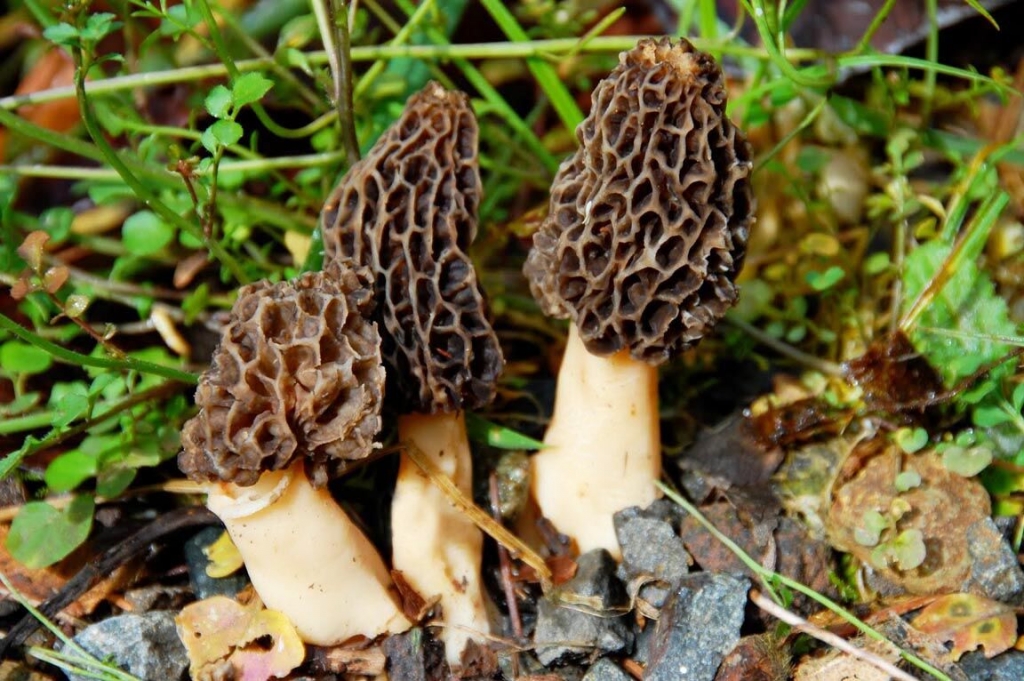
May’s Mushroom Weekend Extravaganza
While morels can be found all over the state, Northern Michigan is a fabulous place to hunt for them. The mushrooms are so popular and plentiful in the area, that there is even a national festival to celebrate them. The 65th Annual National Morel Mushroom Festival in Boyne City will take place May 15-18 in 2025.
During the festival you can taste, hunt, compete, and revel in just about every detail of the morel, except perhaps the best places to find them. Morel hunters are notoriously tight-lipped about their favorite places to forage; however many have been willing to share some tips that will help get a novice started.
Morel Hunting Tips
- Wild mushrooms are spectacular, IF edible, but can also be deadly. It’s best to go out with an experienced hunter when first getting started to learn what to look for and what to avoid.
- Wear long pants and long sleeves to avoid accidentally making contact with poisonous plants, dangerous twigs, and pesky insects.
- It is also important to apply bug spray or insect repellents and bring a mesh bag to collect the mushrooms.
- Once you start hunting, it’s mostly about recognizing the terrain. They are usually found in river beds, streams, ditches and hillsides. Look for moist areas and north-facing hills versus south-facing.
- While they can grow nearly anywhere, morels are frequently found in forests that have been affected by fire and near certain types of trees.
- Get to know your trees. Hunting success is commonly found at the foot of apple, poplar, oak, and elm trees.
- Avoid the temptation to look down at your feet. Instead, keep your head up and keep moving. Look out at least 25 to 50 feet.
- When you find success, snap them off at the stem. Do not pull them up by the roots. You can keep your morels cleaner right from the beginning by pinching them with your thumb, and avoiding contact with soil.
Cleaning and Cooking
Clean morels right before you intend to use them. They will absorb a bit of water in the cleaning process, making them more susceptible to mold or rotting if stored afterward. These natural treats can be enjoyed in a variety of ways, though the simplest, and arguably most common, is sautéed. Quickly sauté them in butter and, if desired, sprinkle them with salt. Small morels can be cooked whole, while larger morels can be halved, quartered, or chopped as you like.
If, on the other hand, your morel hunt comes up empty of the delicate mushrooms, fear not, there may be a silver lining. While on a quest for morels, many hunters often come across another spring treat called ramps, otherwise known as wild leeks.
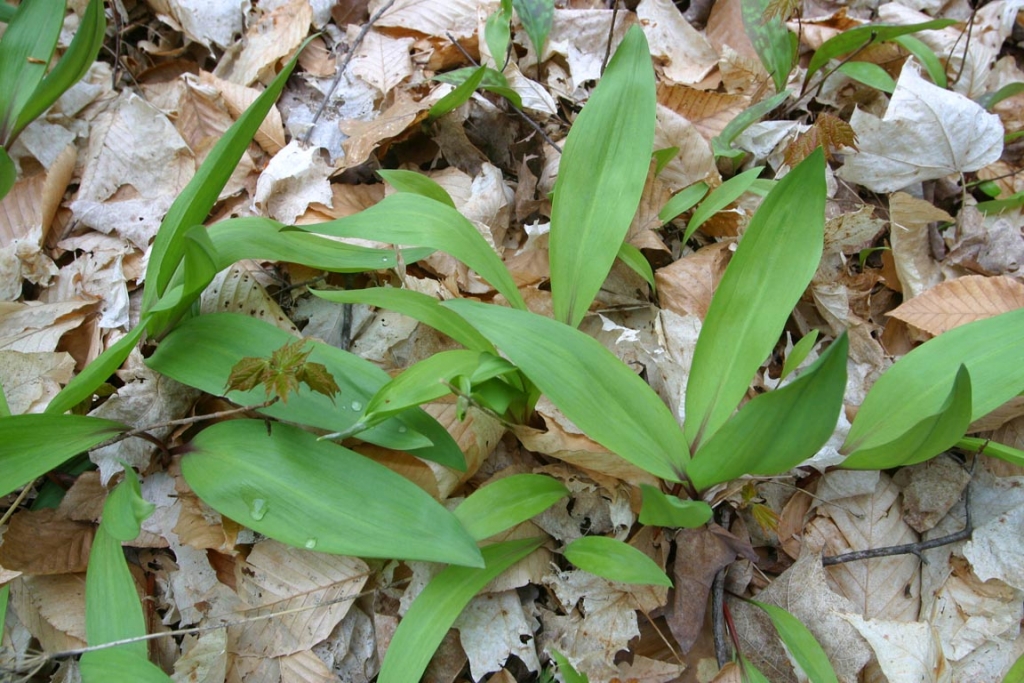
Foraging for Ramps
Ramps have broad, smooth, light green leaves, often with deep purple or burgundy tints on the lower stems. They also begin arriving as the snow disappears, and are commonly found in similar areas to morels. You’ll find the scallion-like bulbs are strongly rooted just beneath the surface of the soil. While both the bulbs and leaves are edible, taking only some leaves from each plant can help keep the patch sustainable for the future. Here are some other ramp tips:
- Look for soil habitats that are sandy, moist and often on hillsides and near streams.
- Finish off your identification by tearing a leaf or stem and taking a sniff of the strong and distinctive onion scent of the leek.
- These wild Leeks are very pungent. The flavor of both the leaves and the bulb are quite strong, so chefs advise using them sparingly for best results.
Many a morel hunter has come up empty on the mushroom front, but managed to at least ramp up their feast with these oniony delights. If all else fails, and/or you like to eat more than you enjoy foraging in the woods, farmers markets can also be a great resource for both of these natural gems. Beyond that, ask about specials at local restaurants all around the state. Many, especially those who pride themselves on serving local cuisine, will be adding both morel and ramp-inspired dishes to their menus for the next few months. Enjoy these unique tastes of spring in Michigan.

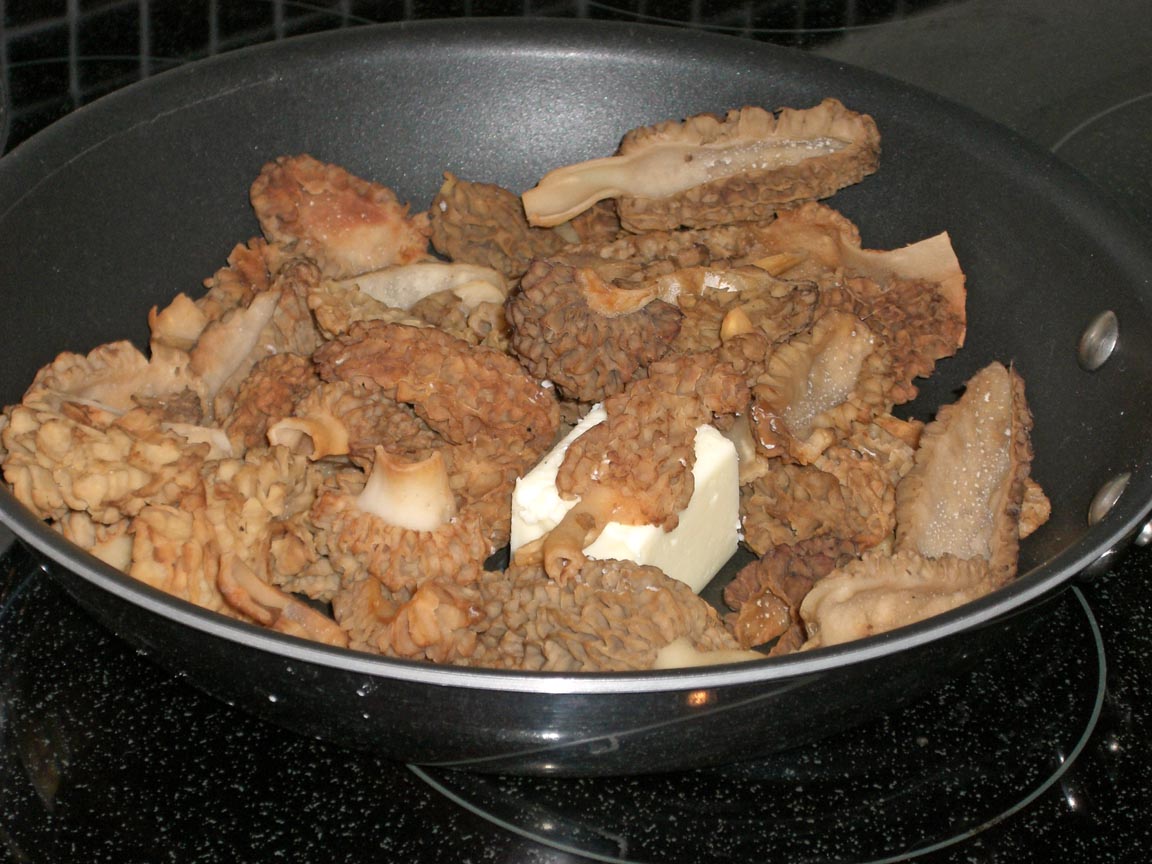

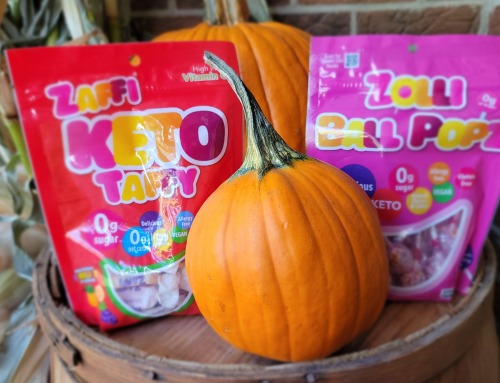
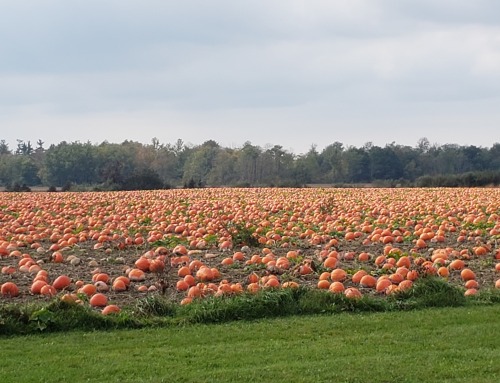
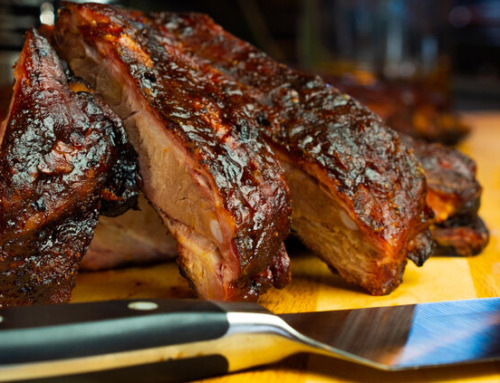
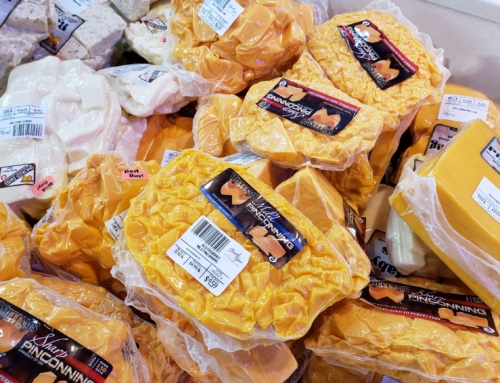
Leave A Comment
You must be logged in to post a comment.